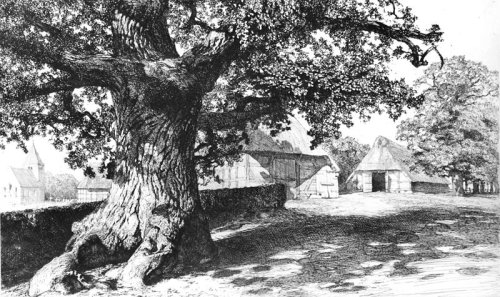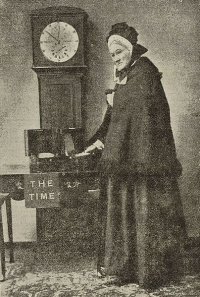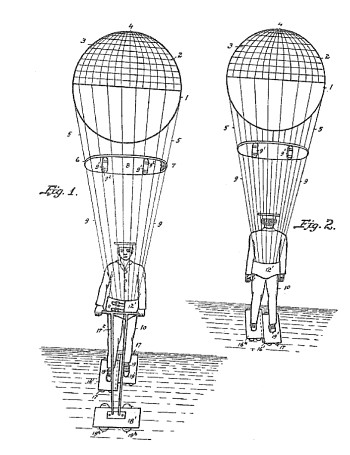
In 1983 a driver hit a tree in Michigan. A tree surgeon repaired the damage, and the driver’s insurance paid the $550 bill, but the tree’s owner claimed $15,000 for pain and suffering; he said the “beautiful oak” was like someone dear to him.
A lower court threw out the case, and the appeals court agreed. The three-judge panel declared:
We thought that we would never see
A suit to compensate a tree,
A suit whose claim in tort is prest
Upon a mangled tree’s behest;
A tree whose battered trunk was prest
Against a Chevy’s crumpled crest;
A tree that faces each new day
With bark and limb in disarray;
A tree that may forever bear
A lasting need for tender care.
Flora lovers though we three,
We must uphold the court’s decree.
Affirmed.
(Fisher v. Lowe, 122 Mich. App. 418, 33 N.W.2d 67)






